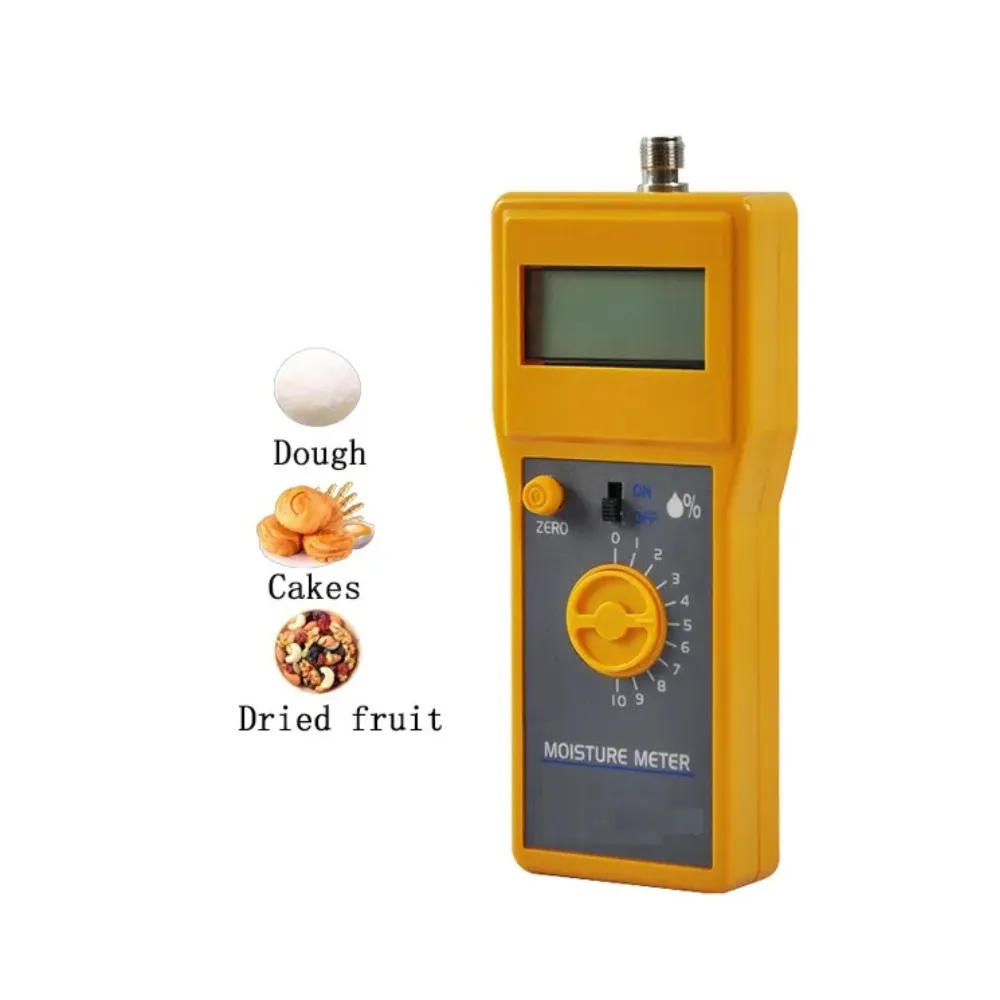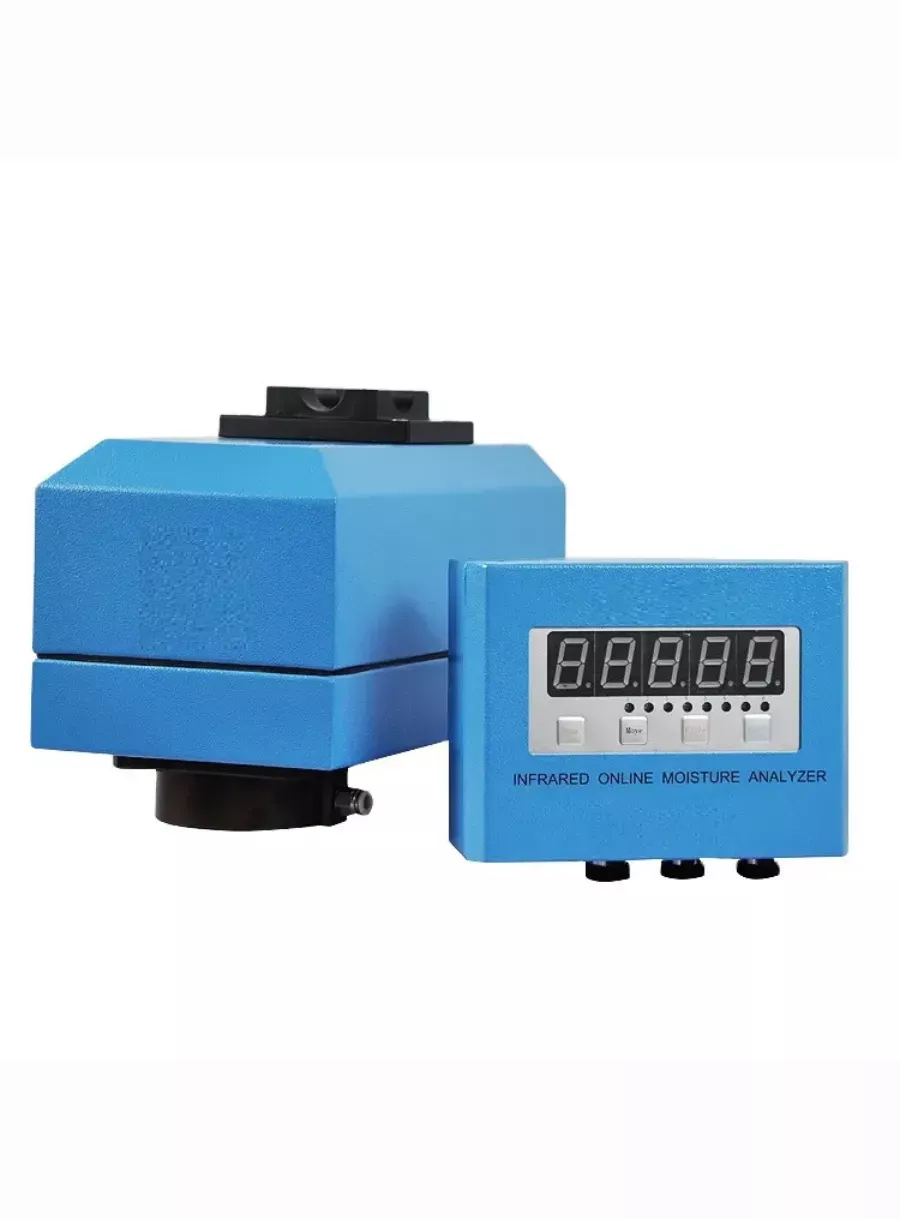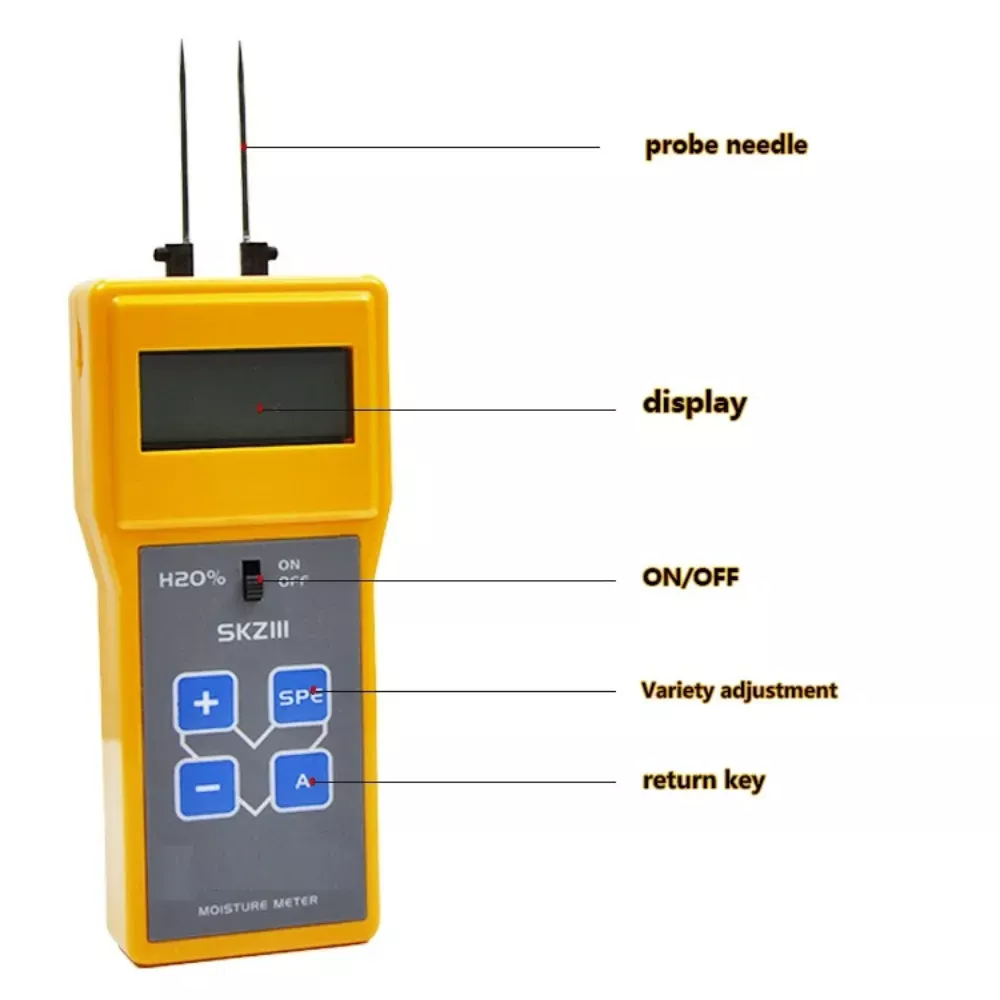
The Future of Moisture Measurement in Dehydrated Foods
Table of Contents
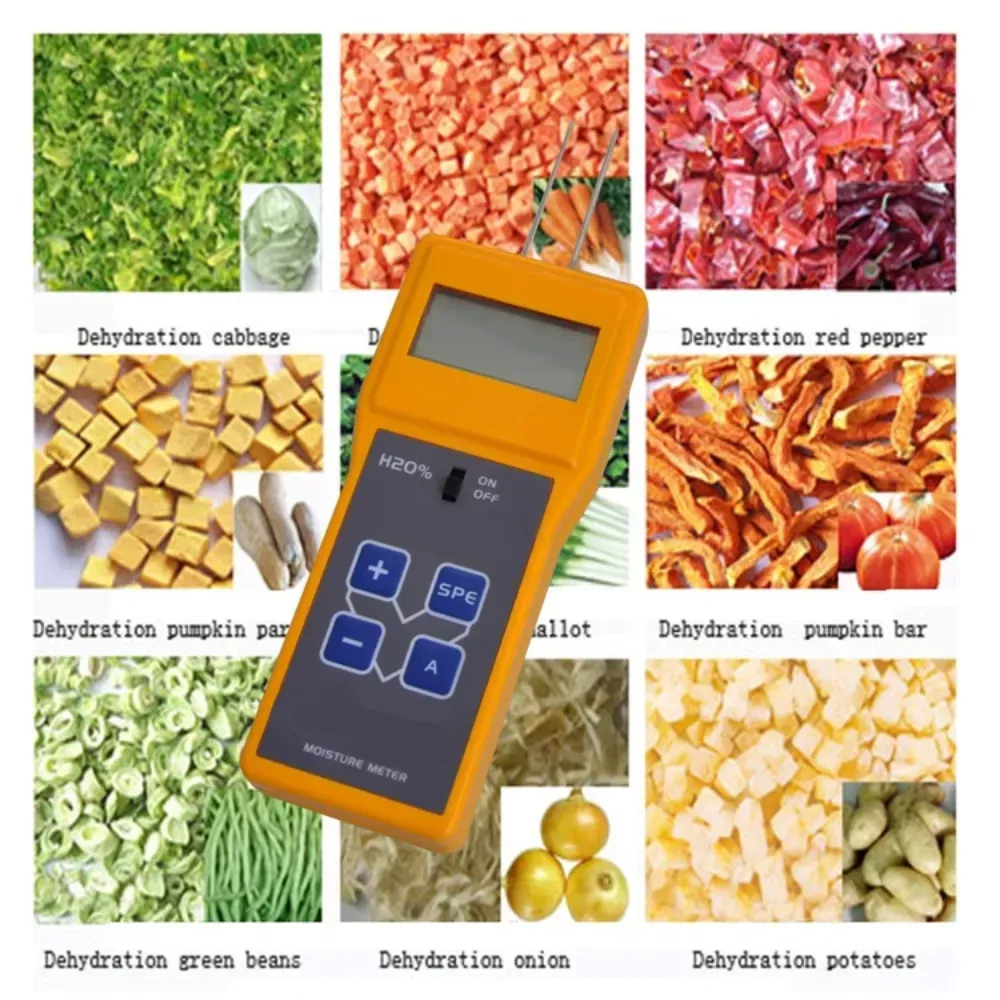
The food industry has been continuously evolving, with new technologies and methods being developed to improve the quality and safety of food products. One such area of focus is the measurement of moisture in dehydrated foods. Dehydration is a process that involves removing water from food to extend its shelf life and improve its preservation. However, the moisture content of dehydrated foods is crucial in determining their quality, safety, and overall consumer satisfaction.
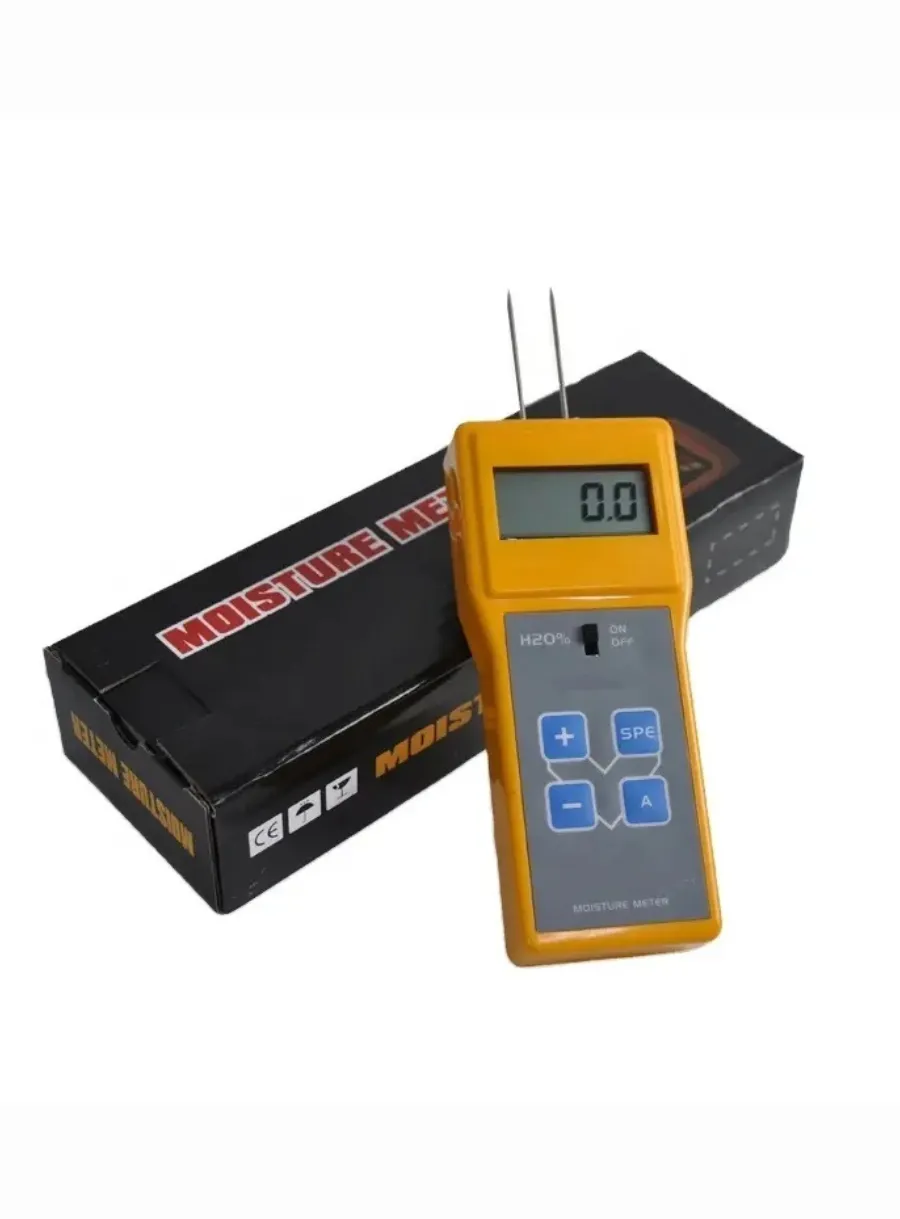
Traditional methods of moisture measurement in dehydrated foods have relied on techniques such as gravimetric analysis, Karl Fischer titration, and near-infrared spectroscopy (NIR). While these methods have been effective in providing accurate moisture content measurements, they often require significant time and resources, making them less suitable for the fast-paced food industry.
Recent advancements in moisture measurement technology have led to the development of more efficient and accurate methods, such as time-domain reflectometry (TDR) and dielectric analysis. These non-destructive techniques offer several advantages over traditional methods, including faster measurement times, reduced sample preparation, and the ability to measure moisture content in real-time.
One of the most promising developments in moisture measurement technology is the use of artificial intelligence (AI) and machine learning algorithms. These algorithms can analyze large amounts of data quickly and accurately, allowing for more precise moisture content measurements. Additionally, AI-driven moisture measurement systems can be integrated into existing food processing lines, providing real-time feedback on moisture content and enabling more efficient production processes.
The future of moisture measurement in dehydrated foods is likely to be shaped by the continued development of advanced technologies and the integration of AI and machine learning algorithms. As these technologies become more sophisticated, they will enable food manufacturers to achieve greater control over the moisture content of their products, leading to improved quality, safety, and consumer satisfaction.
In conclusion, the future of moisture measurement in dehydrated foods is bright, with the potential for significant advancements in technology and the integration of AI and machine learning algorithms. These advancements will enable food manufacturers to achieve greater control over the moisture content of their products, leading to improved quality, safety, and consumer satisfaction. As the food industry continues to evolve, it is essential for manufacturers to stay ahead of the curve and adopt the latest technologies to ensure their products remain competitive and meet the ever-changing demands of consumers.
Comments
Tags
Frequently Asked Question
Traditional methods include gravimetric analysis, Karl Fischer titration, and near-infrared spectroscopy (NIR).
Advanced technologies include time-domain reflectometry (TDR), dielectric analysis, and AI-driven moisture measurement systems integrated with machine learning algorithms.
AI and machine learning will enable more precise and real-time moisture content measurements, allowing for greater control over product quality and more efficient production processes.

